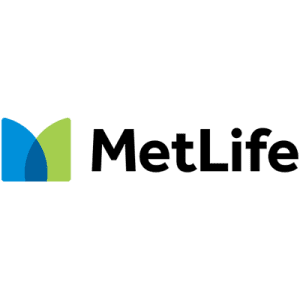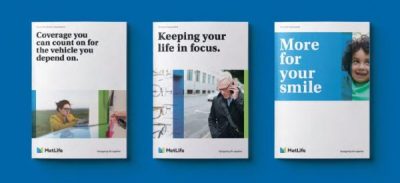BLOG
Three Ways Innovation Can Keep Your Brand Relentlessly Relevant
New ideas should explore ways to create more value for people, targeting loyal customers for fast learning.
On their mission to stay relentlessly relevant, the best brands are constantly scrutinizing their innovation goals, objectives, approach and track record. They are obsessed with what their competitors are doing and what their customers are yearning for. They know that without innovation, their organizations will not be able to grow and thrive.
While innovation may once have been the sole purview of R&D, the best companies pursue innovation through a much wider lens. They look for transformation everywhere—in new experiences, channels, value propositions, content and communications.
“Digital technology has rewritten many of the rules of innovation, enabling brands to get ideas from new sources in nonlinear ways.”
Where should we look for models of success? In Prophet’s Brand Relevance Index®, we see brands like PlayStation, WeChat and Apple rise to top as examples of brands that aren’t resting on their laurels. They push the status quo, engage with customers in new and creative ways and find new ways to address unmet needs.
To drive innovation and transformational change, companies must embrace three important traits:
- Pursue a higher calling.
Many companies are boxed in by constraints of their own making—stubborn ideas about who they are and how they should compete, based solely on what they’ve done in the past. That rigidity crushes breakthrough innovation before it can even be considered. But when leaders understand the why of their businesses—their higher purpose—new ideas surface and push aside old assumptions.
Evernote, for example, is continually improving the way it organizes people’s personal and professional lives by synching information across devices. (Showcased in the total revamp of its version 8.0 which cleaned up the app by making it faster and simpler to use.)
Even established brands, such as Walt Disney, can deliver exceptional results when it stays true to their higher purpose. Witness Walt Disney’s sweeping My Magic+ digital upgrade to its parks, which is pumping up customer satisfaction by creating a happier, more memorable experience for its guests.
These companies don’t innovate just for innovation’s sake. Instead, they ensure every potential initiative will create value for customers. They make smart decisions based on their companies’ higher purpose, and by doing so they achieve relentless relevance for their brands.
- Stake the future on the unknown.
Innovation requires opening the aperture, taking a broader, deeper and potentially longer view of your customers’ underlying wants and needs, even the ones they can’t articulate yet. And while history and past performance should influence an organization’s decisions, free-thinking companies don’t allow that legacy to squash new ideas. They step beyond their past, finding new ways to interact in the marketplace.
In some respects, it’s easier for newer companies to do this. A company such as Birchbox can be nimbler than, let’s say, 3M. But that doesn’t matter when a company’s leadership commits to empowering a more innovative culture. Beginning in the 1950s, 3M urged its employees to spend 15% of work hours pursuing their own ideas, many of which became viable new businesses. This strategy has inspired many tech companies, including Apple’s BlueSky and LinkedIn’s InCubator. Because these companies push employees to think outside of the traditional framework of their roles, they’re more open to new ideas.
Additionally, digital technology has rewritten many of the rules of innovation, enabling brands to get ideas from new sources in nonlinear ways. Companies such as GE pioneered open innovation, and open development has become the norm for Silicon Valley.
As companies embrace ideas from external sources, they are shaking up internal structures in response, as well. Often, that involves expanding the reach of the marketing team. But, as a 2014 U.K. study found, a solid majority of marketers (77%) believe their innovation was blocked by a risk-averse culture. This may be a current organizational reality, but since marketers are often closest to customers’ pain points as well as competitors’ moves, they must increasingly make the effort to break down silos and propel their organizations to progress.
- Apply lessons quickly, confidently and continuously.
Only the most innovative companies—and, yes, those with the most digital dexterity—have truly mastered a test-and-learn approach. As an innovation speeds through iterative cycles, the company gathers valuable input at every stage.
This fast learning usually comes from the company’s most loyal customers. Video-game makers preview new titles with the toughest reviewers. Fashion brands offer influential bloggers sneak peeks of new collections. And craft beer makers organize “insider” tastings.
That feedback creates a virtuous cycle, providing an unparalleled level of confidence. The conviction of knowing what customers want at a deeper level makes these companies more agile.
FINAL THOUGHTS
Taken together, these three traits can infuse innovation into every business unit at your company and bring your brand ever closer to its customers. With a firm commitment to innovation, brands will gain the confidence and vision required to become—and remain—relentlessly relevant.









